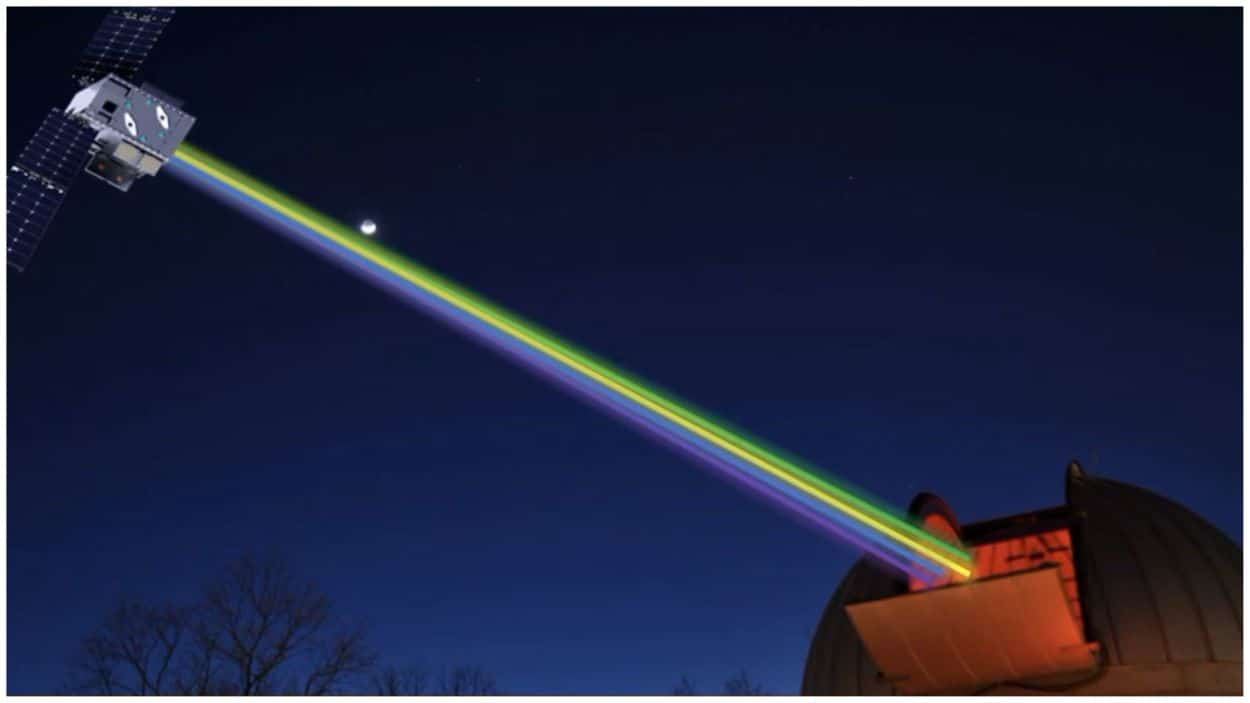NASA is set to launch an innovative satellite known as the “artificial star” by 2029.
The Landolt Space Mission mission aims to enhance the precision of ground-based telescopes, thus expanding our understanding of the universe. This satellite, roughly the size of a loaf of bread, will be equipped with eight lasers to simulate various celestial phenomena, from starlight to supernovae.
The primary function of this satellite is to serve as a calibration tool for astronomers, enabling them to fine-tune their telescopes for more accurate celestial observations. Positioned 35,785 kilometres above Earth, it will occupy a geosynchronous orbit, appearing stationary from the ground. Principal investigator Peter Plavchan from George Mason University intends that this strategic placement will make the satellite resemble a real star.
While invisible to the naked eye, the artificial star will be detectable by standard telescopes equipped with digital cameras, aiding astronomers in refining their measurements of stellar properties. Named after Arlo Landolt, an influential figure in developing stellar brightness catalogues, the mission received NASA’s approval in February and was publicly announced on June 10.
Positioned primarily over the US during its initial year, the satellite will provide enhanced observation opportunities for NASA and other observatories nationwide. With a team of 30 people and a budget of approximately $19.5 million, the Landolt Space Mission represents a significant advancement in space exploration.






